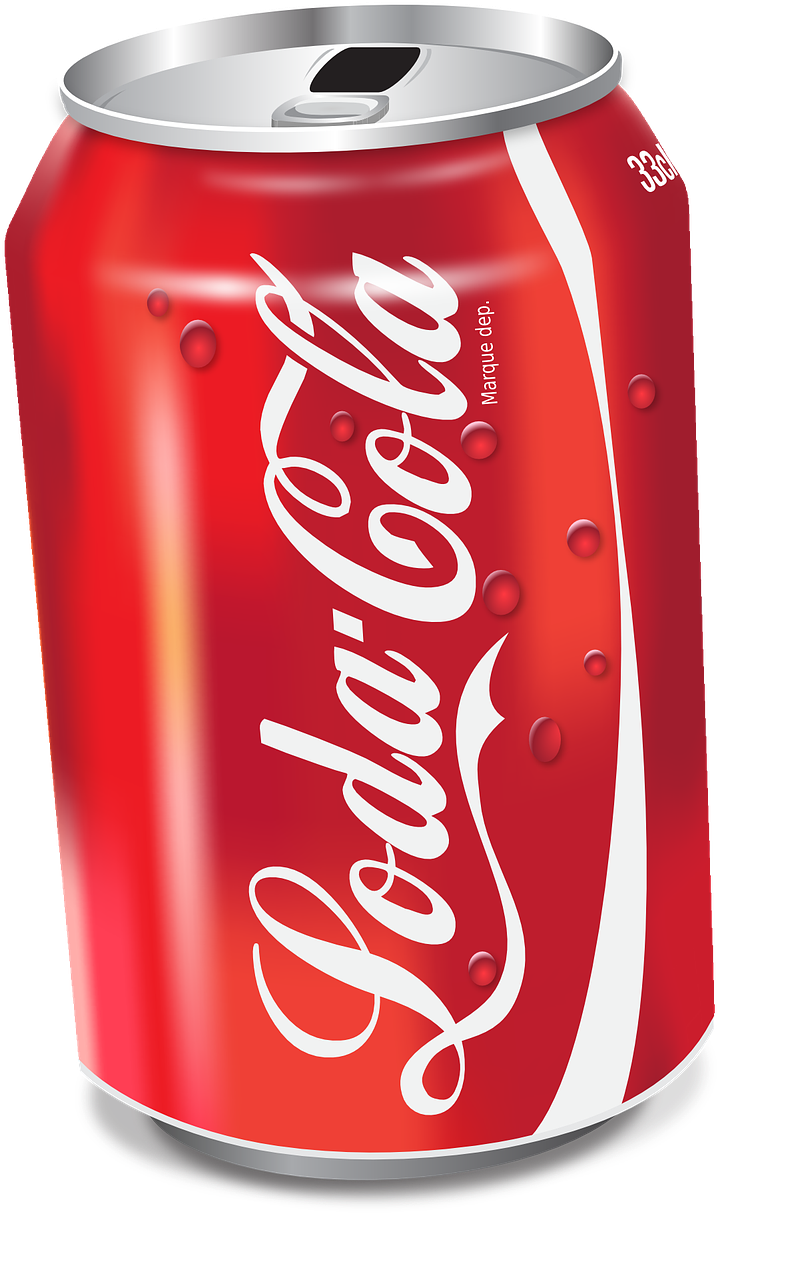In today’s ever-evolving business ecosystem, building a personal brand is no longer a luxury—it’s a strategic necessity that can transform your career and open doors to unprecedented opportunities. Amid giants like Nike, Apple, and Amazon, it’s clear that personal brands carry immense power in influencing reach, credibility, and ultimately business success. Whether you are a budding entrepreneur or a leader sharpening your competitive edge, establishing an authentic and compelling personal brand helps differentiate you from the noise, catalyzes networking, and amplifies your market presence. This article delves deep into crafting a personal brand that not only demands visibility but converts that visibility into tangible business growth and freedom.
Understanding the Fundamentals of a Personal Brand That Unlocks Doors
Your personal brand represents the narrative others share about you when you’re not in the room. It’s not merely a digital footprint or a polished LinkedIn profile; it’s the entire perception of your value, ethos, and expertise condensed into a reputation. In 2025, top companies like Microsoft and Google exemplify how personal branding extends beyond logos to the influential personalities driving their innovation.
Many professionals mistakenly believe their personal brand is just an online resume or a social media account. Yet, a powerful personal brand requires deliberate crafting and consistent communication to be effective. It’s what elevates you from being just another professional information bit to becoming a recognized authority and a magnet for business opportunities.
To unveil how personal branding opens doors for your business, consider the following components:
- Identity and Story: Define your core values, mission, and what unique solutions you provide.
- Visibility: Ensure your presence is clear and prominent in relevant channels like LinkedIn, industry forums, and beyond.
- Credibility: Showcase results, endorsements, and authentic content to build trust.
- Networking: Engage meaningfully with your peers, clients, and industry leaders.
- Consistency: Keep your messaging and brand voice uniform across all platforms to cement recognition.
Many entrepreneurs underestimate the importance of these elements. Take Airbnb’s Brian Chesky, for example, whose personal brand around innovation and customer-centric ethos complements the company’s vision and invites engagements from investors and partners alike.
| Personal Brand Aspect | Impact on Business | Example |
|---|---|---|
| Identity & Story | Clarifies your message for potential clients and partners | Elon Musk’s visionary persona bolsters Tesla’s image |
| Visibility | Increases awareness and opportunity discovery | Satya Nadella’s active thought leadership promotes Microsoft’s innovations |
| Credibility | Builds trust and authority in your niche | Apple’s focus on design excellence linked to Tim Cook’s leadership style |
| Networking | Forges strategic partnerships and collaboration | Red Bull’s dynamic marketing involves influencer engagement |
| Consistency | Ensures brand longevity and recall | Coca-Cola’s consistent storytelling across decades |

Why Traditional 9–5 Positions Fall Short Without a Personal Brand in 2025
It is a stark reality that just working harder in your job does not guarantee financial growth or career advancement. The corporate framework, still largely prevalent in 2025, rewards visibility, not just effort. The biggest barrier for many professionals is not lack of talent but lack of strategic positioning and presence.
Imagine a talented marketer working overtime but invisible online and within professional circles; this person’s paycheck won’t reflect their true potential. This invisibility consigns many underpaid, undervalued, and underestimated, regardless of their skill level.
In contrast, personal branding propels you beyond the invisible. You shift from chasing promotions to being sought-after, from static employment to dynamic growth paths including consulting and speaking opportunities. For instance, many LinkedIn personalities have converted their visibility into lucrative contracts, setting a modern standard for career freedom.
- Raises aren’t enough: Regular salary increments often lag behind actual contributions and market value.
- Recognition delays: Commitments go unnoticed without strategic engagement and brand building.
- Potential limits: Without being known for your unique value, growth ceilings remain low.
- Innovation scarcity: Companies seek innovators with visibility, often overlooking quietly efficient employees.
Big brands like Amazon leverage personal branding internally for leadership development, ensuring those who build their narrative within the company better unlock advancement and project leadership roles.
| Traditional Job Limitations | Personal Branding Advantages | Business Impact |
|---|---|---|
| Lack of recognition for initiative | Showcases your unique talents publicly | Higher demand for your expertise and services |
| Slow salary growth | Positions you as an industry authority | Access to premium consulting and speaking fees |
| Invisible talent | Develops a loyal audience and professional following | More inbound business opportunities |
| Limited networking | Creates meaningful connections and collaborations | Strategic partnerships that scale your business |
Five Proven Steps to Establish a Personal Brand That Unlocks Business Doors
Transitioning from an employee mindset to a brand-focused entrepreneur requires a clear roadmap. The process begins with introspection and moves toward visible action. The following steps are integral in building a magnetic personal brand:
- Define Your Brand Identity: Focus on what differentiates you. Ask questions such as “What am I known for?” and “Which problems do I solve best?” Build a consistent message around your values and expertise.
- Optimize Your LinkedIn Profile: Treat LinkedIn as your personal billboard. Craft a headline that hooks, share compelling storytelling in the “About” section, and include measurable results and testimonials. Visual branding such as banners and consistent imagery amplifies impact.
- Post Value-Driven Content: Share insights from your experience, lessons learned, and honest reflections. Whether discussing industry trends or showcasing client successes, authenticity and value attract followers.
- Engage and Expand Your Network: Avoid passive following. Instead, engage through meaningful comments, initiate conversations in direct messages, and join relevant communities. Networking fuels opportunity and reputation.
- Monetize Your Brand Visibility: Once authority is established, diversify income streams with consulting, speaking engagements, premium offers, or freelance opportunities. This transition moves you from employee to recognized expert.
Let’s look at a table summarizing these steps alongside practical examples from world-class brands:
| Step | Action | Example |
|---|---|---|
| Define Identity | Craft a clear mission statement and unique selling point | Red Bull emphasizes its energy and lifestyle branding |
| Optimize LinkedIn | Create a striking profile that sells your story | LinkedIn profiles of Tesla engineers showcase innovation and impact |
| Post Content | Share real, useful content on platforms | Apple leaders routinely share design philosophy and tech trends |
| Network | Build relationships that lead to opportunities | Starbucks executives collaborate widely within the food and beverage sector |
| Monetize | Offer services such as consulting, coaching, or speaking gigs | Amazon employees leverage expertise to launch startups or consultancies |

Optimizing Your Online Presence Like Leading Brands to Enhance Your Visibility
Your digital footprint is the keystone of your personal brand in 2025’s digitalized world. Just as Google dominates the search landscape with consistent branding, your online presence must be meticulously curated and managed.
Start by harmonizing your profiles across platforms — LinkedIn, Twitter, Instagram — ensuring professional photos, up-to-date bios, and coherent messaging. Secure domain names that reflect your personal brand and develop a simple website or landing page to serve as your brand’s central hub. This consolidated digital identity amplifies recognition and trust.
Content remains king: your posts should educate, inspire, or entertain. By consistently providing value through articles, videos, podcasts, or infographics, you solidify your position as a thought leader. For example, observe how Microsoft’s Satya Nadella shares strategic insights that build trust and engagement with a wide audience.
- Maintain brand aesthetics: Colors, fonts, and tone that reflect your personality consistently;
- Leverage testimonials and social proof: Highlight client successes and endorsements;
- Create branded content: Use video, blogs, or live Q&A sessions to deepen connection;
- Engage authentically: Answer questions, involve followers in dialogue.
| Online Presence Element | Best Practice | Top Brand Example |
|---|---|---|
| Profile Consistency | Uniform photos and bios across channels | Google employees’ LinkedIn and Twitter profiles align |
| Central Website | Domain secured and regularly updated | Apple executives maintain personal branding sites |
| Value Content | Regular posts with actionable insights | Red Bull’s video series on extreme sports |
| Social Proof | Showcase endorsements and testimonials | Nike partnerships reflect quality and innovation |
From Visibility to Income: How to Capitalize on Your Personal Brand for Business Freedom
Visibility without monetization is an incomplete equation. The hallmark of a successful personal brand is its ability to translate recognition into consistent revenue. Entrepreneurs leveraging their personal brands often unlock lucrative business consulting roles, speaking engagements, and product collaborations that previously seemed out of reach.
Consider how influencers with strong brands partner with household companies—Starbucks and Red Bull frequently collaborate with well-known personalities to amplify campaigns, creating mutual value. This partnership model can inspire how you translate recognition into income.
- Consulting and coaching: Share insights and strategies you have mastered;
- Exclusive offers: Launch courses, webinars, or digital products;
- Speaking and mentorship: Accept invitations for events to grow authority;
- Premium freelance roles: Engage clients who value your distinct expertise;
- Brand partnerships: Collaborate with companies aligned with your mission.
| Monetization Method | Description | Potential Impact |
|---|---|---|
| Consulting | One-on-one tailored business advice | High income, direct client transformation |
| Digital Products | Courses, eBooks, membership sites | Scalable revenue with low overhead |
| Speaking | Paid talks and panels at events | Builds credibility and new client pipelines |
| Freelancing | Project-based work in niche skills | Flexible income source, portfolio expansion |
| Brand Collaborations | Affiliate or partnership deals | Mutually beneficial visibility and earnings |
Moving beyond the paycheck-to-paycheck mindset redefines your career trajectory. You’re no longer waiting for a raise or a promotion—you’re creating your own value pathway.

Frequently Asked Questions About Building a Personal Brand That Opens Doors for Your Business
- What distinguishes a personal brand from a company brand?
A personal brand centers on an individual’s story, values, and reputation, while company branding represents the collective image and mission of a business entity. Personal brands highlight personality and expertise to attract relationships and business opportunities. - How much time should I dedicate to building my personal brand?
Consistent, deliberate effort is more effective than sporadic action. Aim for regular content posting, engagement, and profile updates, dedicating a few hours each week to nurture your digital presence steadily. - Is having a large social media following necessary to succeed?
No. Quality, consistency, and engagement far outweigh follower quantity. Even LinkedIn-focused professionals with smaller but highly engaged networks often command more authority and opportunities. - How can small businesses compete with industry giants through personal branding?
By emphasizing authenticity, storytelling, and niche expertise, small businesses can stand out and connect deeply with their target audience. Learn more about smart strategies at this insightful resource. - What mistakes should I avoid when building my personal brand?
Avoid inconsistency in messaging, failing to engage with your audience, neglecting online presence, and trying to appeal to everyone instead of a specific target. Prioritize clarity and authenticity.
For entrepreneurs seeking to scale successfully, comprehensive guides and tools at Entrepreneurs Scale Successfully prove invaluable. Additionally, if you want to assess your current approach, consider testing your business strategy at this link. For a deeper dive into gaining a competitive advantage, check out how to build it strategically.

